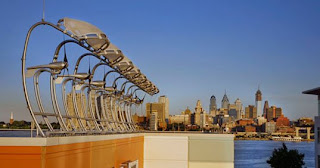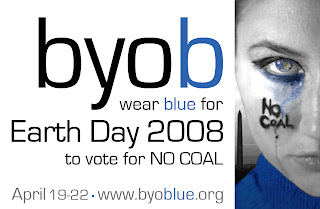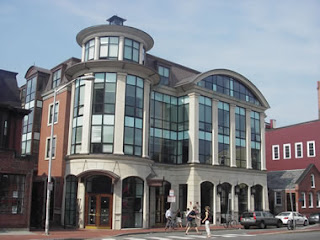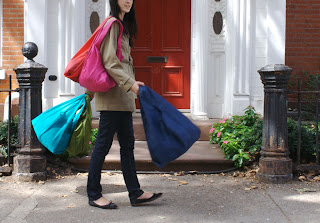
From costly installations to strict city ordinances, there’s a number of factors that have limited the growth of wind power in urban environments. Now, Aerovironment is ushering in an era of urban wind power with a sleek series of small, silent turbines that eschew the need for a tower. Dubbed ‘Architectural Wind’, the system seamlessly integrates into the parapets of buildings, taking advantage of aerodynamics to catch wind as its speed escalates up a structure’s side. The turbine’s innovative approach boasts up to a 30% increase in energy production, and their adaptable, modular assembly makes installation a snap.




